Five Takeaways from BIO 2025 and Why You Should Stay Tuned

By Ray Dogum, Chief Editor, Drug Discovery Online
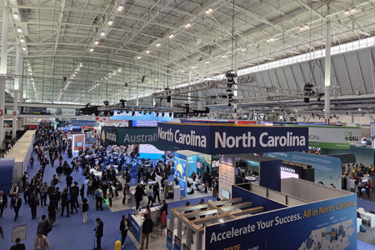
As your new chief editor, I’m thrilled to step into the helm of Drug Discovery Online, dedicated to amplifying the voices of early-stage drug researchers. To our thousands of loyal readers—your engagement is the foundation of this growing professional community. It’s truly an honor to be entrusted with guiding this publication into its next chapter.
In the months and years ahead, you’ll see us expand our coverage of breakthrough science, spotlight the innovators behind the molecules, and foster deeper conversations around the challenges and triumphs of early-stage drug development. Whether you’re in the lab, at the bench, or behind the data, this resource is here to reflect your work, your voice, and your curiosity.
And what better place to reboot our journey than from the heart of last week’s largest biotech gathering: BIO 2025.
From June 16th to 19th, Boston’s Seaport district transformed into a biotech metropolis—20,000+ registrants, 135+ sessions, 1,500+ exhibitors, and representation from all 50 states and 68 countries. It often felt like I was traversing the entire world each time I walked onto the exhibition floor, where hanging signs marked each state and country section. BIO President & CEO John F. Crowley and his team orchestrated an excellent program this year and we thank them for it.
This global convergence highlighted themes and topics that are shaping the future of our field, and it confirms what we, your editorial team, are here to explore and share. Here are five takeaways from the event that are worth sharing.
1. The World—Can’t—Wait
If anyone at BIO 2025 doubted that urgency fuels life sciences innovation, they weren’t paying attention. The event’s motto, The World—Can’t—Wait, was more than a slogan. It was a rallying cry echoed across every stage. From FDA Commissioner Dr. Mark Makary’s fireside chat about streamlining the agency’s many operations to NFL hall of famer Michael Strahan’s emotional story about quickly treating his daughter’s brain cancer, the message was clear: breakthroughs can’t wait.
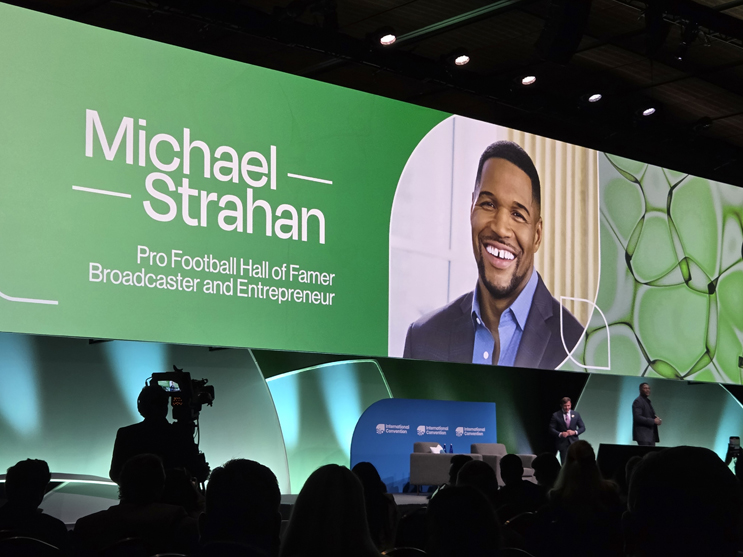
“There is time to act but no time to wait,” said Michelle Rozo, Vice Chair of the National Security Commission on Emerging Biotechnology (NSCEB). In April, the council released a report emphasizing the urgent need to compete with China in biotechnology—not only to maintain economic leadership, but to safeguard national security. On a panel titled “Breaking Through: Overcoming Early Development Challenges,” Patroski Lawson, CEO at The KPM Group, explained how “China is overtaking the US and Europe in clinical trials, something most people aren’t talking about”.
This urgency came through in sessions focused on rare disease patients, whose lives depend on faster access to therapies. Women in biotech also took the spotlight, emphasizing the need for inclusive leadership and equitable innovation. And in a powerful keynote, President George W. Bush reflected on the global impact of biotech, drawing from his administration’s efforts to combat HIV/AIDS and malaria. This year made crystal clear that biotech is no longer just a scientific pursuit—it’s a planetary imperative.
2. AI’s Here to Stay—Adapt or Fall Behind
BIO 2025 made one thing clear: artificial intelligence is no longer a future disruptor—it’s a present-day engine of biotech innovation. But amid the buzz, a standout session, “We Still Need the People: AI/ML Drug Discovery is Here to Stay, but we Could be its Rate Limiting Factor,” delivered a sobering reminder. While AI and machine learning are transforming drug discovery, the real rate-limiting factor may not be the technology but the talented teams who use it.
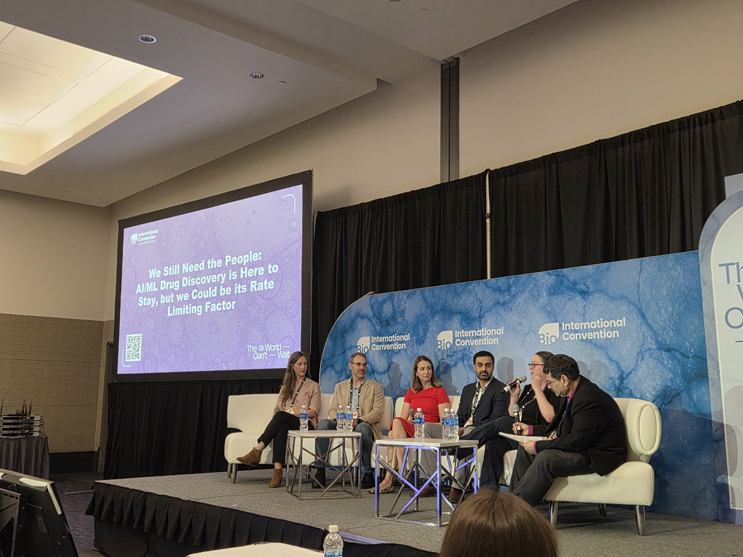
Panelists from Schrödinger, Moderna, X-Chem, and Flagship Pioneering emphasized that AI’s success depends on human expertise. From curating high-quality datasets to interpreting model outputs, it’s the people—computational chemists, molecular biologists, and AI-literate scientists—who make the difference. Without them, even the most advanced platforms stall, or worse, lead researchers in the wrong direction.
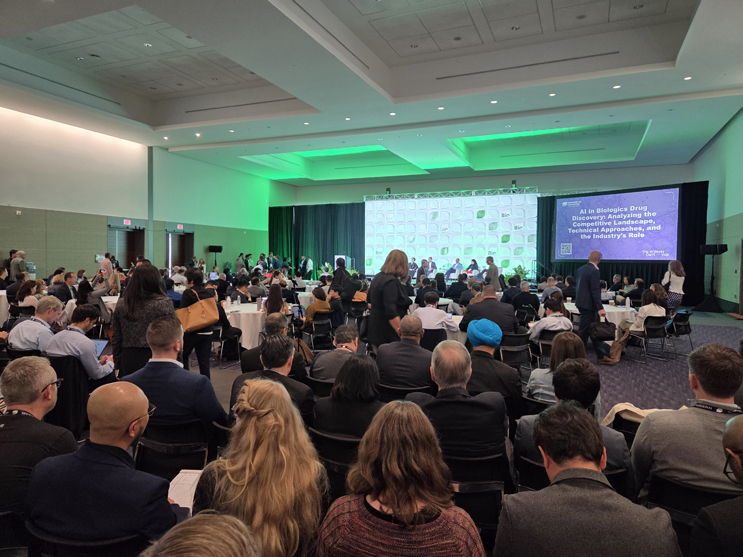
But building AI capacity means more than adopting tools—it means investing in the workforce that can wield them wisely. The takeaway? Take the time to craft a thoughtful AI strategy that makes sense for your company’s people, but don’t take too much time! You will inevitably learn as you go. Even the FDA, earlier this month, launched an agency-wide AI tool called Elsa that all FDA employees can use to work more efficiently. The rollout was completed ahead of schedule and under budget.
3. Small Investors Power Drug Discovery
Backroom whispers at BIO painted a clear narrative: the era of ‘easy money’ is over. Investors are asking blunt questions like, “Is there a deal here? Why? Why now? Why you?”
While mega-deals and billion-dollar IPOs often dominate headlines, BIO 2025 reminded us that small investors like angel groups and early-stage VCs are the unsung catalysts of biotech innovation.
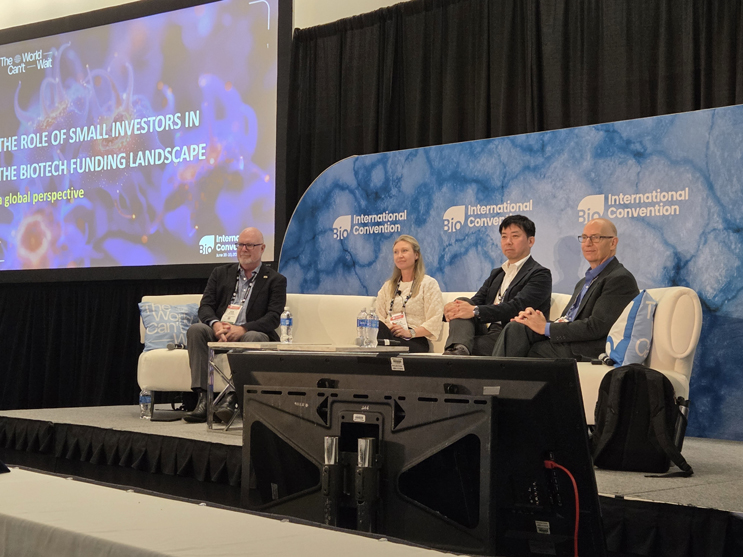
Amid this tougher landscape, one session stood out: “The Role of Small Investors in the Biotech Funding Landscape.” Panelists from Australia, Europe, and Asia emphasized that angel groups and early-stage VCs are often the first to back bold science, long before institutional capital arrives. Milla Koistinaho (Innovestor Life Science Fund), Rob McInnes (Sydney Angels), and Takehiko Sawabe (Beyond Next Ventures) shared how regional strategies differ, but the mission is the same: fuel innovation at its most fragile stage.
4. Drug Discovery—and Healthcare—is a Team Sport
It’s easy to frame innovation as a lone genius moment, but BIO 2025 reminded us that discovery is built on trust, interdisciplinary teams, and collective insights. Over 64,000 partnering meetings were scheduled during BIO, not to mention the 100+ satellite networking events that spread into nearby Cambridge and Somerville locations.
Stakeholder voices from academia, patients, regulators, and government authorities shared a common sentiment across stages and hallways. Human connection is essential—from CDMOs effectively collaborating with small bootstrapped biotechs, to big pharma sponsors relying on clinical partners. The most effective programs weren’t just technological—they were relationship-based.
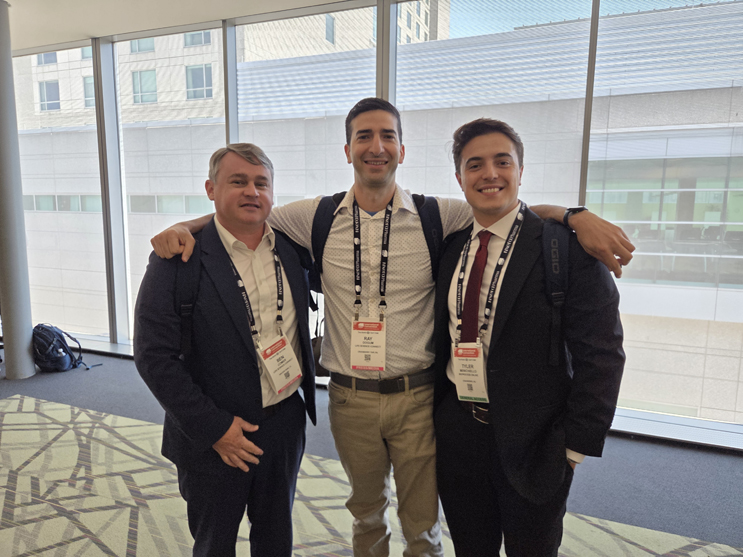
Ben Comer (Chief Editor of Life Science Leader), Ray Dogum (Chief Editor of Drug Discovery Online), Tyler Menichiello (Chief Editor of Bioprocess Online)
5. Shifting Away From Animal Studies
While BIO’s official program didn’t fully embrace it, the momentum away from traditional animal models was unmistakable. Across sessions on New Approach Methodologies (NAMs) and the panel on “Replacing Guesswork with Data: How Preclinical Human Models Are Driving More Predictive Drug Discovery,” the focus was on in silico models, lab-on-a-chip, organoids, digital twins, and new multi-omics approaches. The vibe was clear: the future of preclinical research is data-driven and human-equivalent systems, not animal studies.
This is more than academic—it’s efficiency, ethics, and alignment with regulatory trends worldwide. BIO panels highlighted the need for trust in these systems, but the message was clear: there are alternative ways to predict drug toxicity in humans.
Final Thoughts
BIO 2025 made one thing crystal clear: biotech is at the crossroads of urgency, AI, lean sustainability, and deeper collaboration. As your chief editor, my mission is to decode this complexity, spotlight the boldest minds, and bring you behind the scenes of innovation.
We’re already pulling together deep-dive interviews, policy analyses, and hands-on technology breakdowns that you won’t want to miss. Stay connected—and let's drive the next wave of discovery together.
Welcome to the next chapter of Drug Discovery Online.
